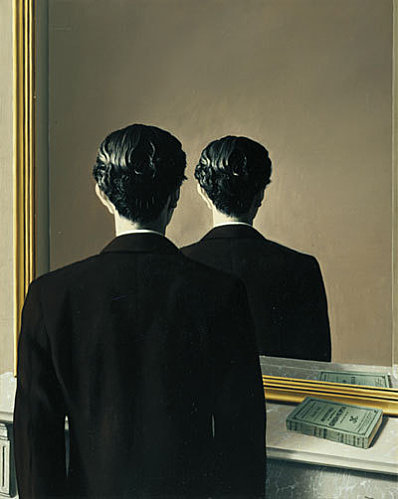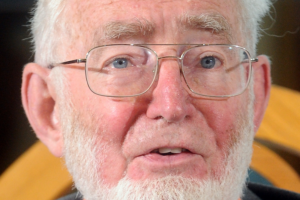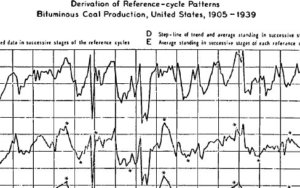
René Magritte, “La Reproduction Interdite” (Not to Be Reproduced), 1937
Here are some pieces of a highlighting discussion thread I found on the excellent and stimulating ” American Science, A Team Blog.”
First, the transcript of a discussion between Betty Smocovitis, a historian of science and biologist who recently documented the career of cytogeneticist Masuo Kodani, and historian of science Megan Raby.
Smocovitis: It just took me awhile to figure out who was doing what and what could then allow me to return to science. One of the things I’ve never lost track of is the perspective of the scientist. I don’t think I’ve ever written anything that they’ve hated.
Raby: Yes, I think that’s important. I want my own work to be able to be read by scientists, and they can…
Smocovitis: They learn something.
Raby: They learn something.
Smocovitis: They may say, I’m not in agreement with this specific point, but they shouldn’t have this reaction…
Raby: this reaction that, “That doesn’t look like me at all.”
Smocovitis: Or that it’s offensive or insulting or, “you got it completely wrong.”

René Magritte, “L’appel des cîmes” (Call of Peaks), 1943
Then, some excerpts from the ensuing comments thread (as always, truncated quote do not do justice to the ideas developed in this discussion.
Hank: ….why does an explanans need to be amenable to a given explanandum? We wouldn’t say this about slave-owners or politicians or philosophers - or, at least, we wouldn’t have before the 1970s. And this is my point. Yes, we want to sell books to scientists. And we want to be adept with internalist detail. But do our stories need ratification from their protagonists?
Dan: …..When your explanandum can talk back, it’s worth listening to it. And you would hope it could recognize itself, even if it didn’t like exactly what it saw….As historians, we should aim to represent actors in a true enough form that they could recognize themselves. But providing such a true image hardly necessitates refraining from critique, even vigorous critique. The big point that Smocovitis and Raby seem to be making is that this kind of recognition comes most readily when the historians can truly understand the science and the scientists.
Hank: ….I am claiming that this idea that our portraits should be “recognizable” to their subjects is *not necessarily* true….
Joanna: …It is an important reminder that as historians of science we too are implicated in broader projects of knowledge production….For me, what Smocovitis and Raby are talking about is an ethical imperative for responsible and meaningful historical work — which, by the way, should not apply only to actors who are still alive.
Megan Raby: ….I just want to clarify that I certainly don’t think Betty or I implied that histories of science in any way require “ratification” by scientists, nor that present-day scientists have any privileged position in interpreting their own past. What we were agreeing about is that, even when strongly critiquing them, we should present their views and ideas accurately. I think this should be true of any historical actor— even the hypothetical slave-owner! I would never argue that an “explanans need[s] to be amenable to a given explanandum,” but I would argue that we should do our best to represent our actors respectfully, even when we are offering an interpretation that they are unlikely to agree with. This is all the more true if we want our criticism to be taken to heart by practicing scientists….

René Magritte, “Le Faux Miroir” (the False Mirror), 1952






